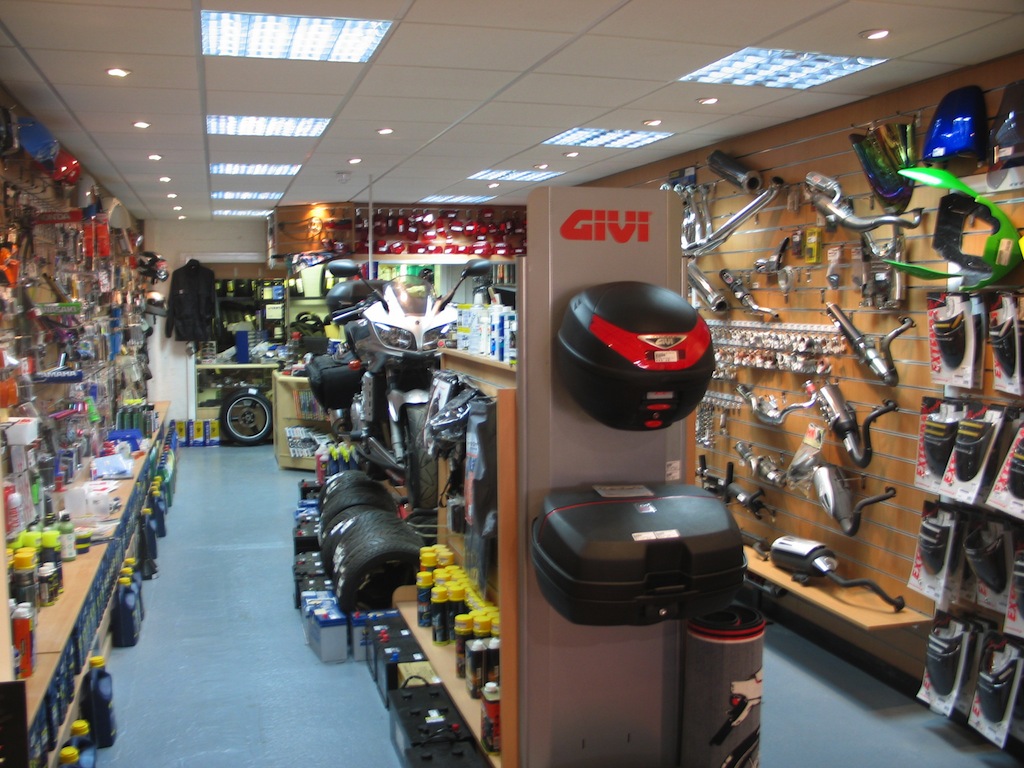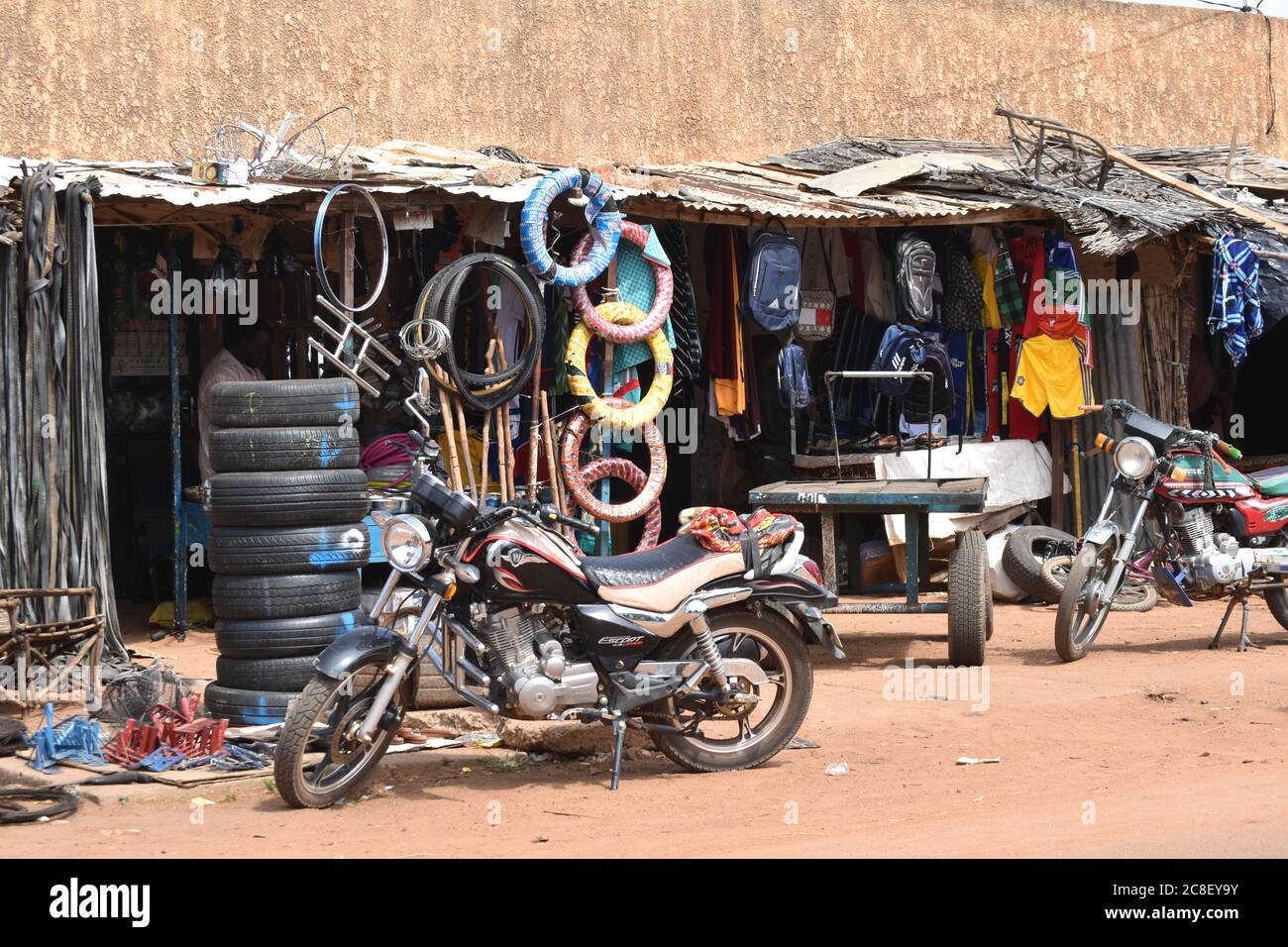Recognizing the Crucial Parts of a Motorcycle: A Comprehensive Guide for Lovers
For bike enthusiasts looking to elevate their riding experience and guarantee their bikes run efficiently, comprehending the important components of a motorbike is critical. Each element, from the engine's complex workings to the critical role of the stopping mechanisms, not only affects efficiency but additionally safety and convenience.
Engine Parts

The camshaft plays a critical role in managing the timing of the engine's shutoffs, making certain the exact opening and closing essential for reliable gas and air consumption, along with exhaust expulsion. This timing is crucial to maintaining optimal engine efficiency and effectiveness. Furthermore, the carburetor or gas shot system, depending upon the motorcycle version, is responsible for mixing air with gas in the right ratio for combustion.
The air conditioning system, either air or liquid-based, functions to preserve the engine's temperature within operational limits, stopping overheating and ensuring durability - motorbike shop. Each part, meticulously created and integrated, adds to the smooth procedure of the engine, specifying the motorcycle's power outcome and total efficiency
Transmission System
Indispensable to the motorbike's functionality, the transmission system guarantees effective power transfer from the engine to the wheels. This system consists of several important parts, including the clutch, gearbox, and final drive, each playing an important role in equating the engine's power right into activity. The clutch, typically run by a hand lever, serves to engage and disengage the engine from the transmission, permitting smooth equipment adjustments and controlled velocity.
The gearbox, typically described as the transmission correct, has a collection of gears that bikers can manually move through to readjust the bike's rate and torque result. These equipments are arranged in a sequence that makes it possible for the motorcycle to accelerate smoothly and preserve ideal engine efficiency across different speeds. Many motorcycles make use of a consecutive gearbox, calling for the motorcyclist to change gears in an established order.
Braking Devices
While recognizing the transmission system is crucial to harnessing a motorbike's power, similarly important is the capacity to control and stop that power properly, which is where braking systems come right into play. Brakes are important for security and efficiency, offering the cyclist with the required control to browse various terrains and problems. Typically, bikes include 2 kinds of braking systems: disc brakes and drum brakes.
Disc brakes are extra prevalent in contemporary motorbikes due to their remarkable performance. They include a brake disc, caliper, and pads. When activated, the caliper squeezes the brake pads against the rotating disc, transforming kinetic energy right into warm, consequently reducing the wheel. This system uses better warm dissipation, constant performance, and improved stopping power, especially in wet problems.
Alternatively, drum brakes, though much less common, are still found in some bikes. They work by pushing brake footwear versus the inner surface area of a drum connected to the wheel. While generally less efficient in warmth dissipation and quiting power, drum brakes are less complex and more affordable.
Understanding these stopping systems' subtleties enables bikers to keep their motorcycles properly and value the design that makes sure efficient and risk-free stopping.
Suspension and Steering
Suspension and steering systems are crucial elements that significantly influence a motorcycle's handling and trip convenience. The shock absorber, including forks at the front and shock absorbers at the rear, soaks up roadway irregularities, improving security and control. Front forks, normally telescopic or inverted, compress and rebound to minimize impacts, while rear shock absorbers preserve tire call with the roadway, critical for traction and security.
Steering, focused around the handlebars, connects the biker to the motorcycle's directional control. The steering head bearings guarantee smooth procedure, enabling precise maneuverability. Correct positioning and maintenance of these bearings are vital for predictable guiding response and lowering biker fatigue.
The suspension's adjustability is another vital aspect; preload, damping, and rebound setups allow personalization to suit numerous riding conditions and designs. This versatility is vital for maximizing efficiency, whether browsing metropolitan roads or tackling tough routes. Advancements like digital suspension systems provide real-time changes, enhancing ride quality throughout diverse surfaces.

Electric Solutions
After making certain a controlled and smooth trip through efficient suspension and steering systems, focus transforms to the electrical systems, an essential aspect of contemporary motorcycles. These systems play an essential role not just in beginning the engine but additionally in powering different components that improve the functionality and safety of the motorbike.
At the heart of a motorbike's electric system is the battery, which stores electric energy required for beginning the engine and powering auxiliary systems - motorcycle shop. The generator or generator, combined with the rectifier-regulator, makes certain the battery remains billed while the bike functions, converting mechanical energy right into electrical energy and maintaining voltage degrees
The ignition system, one more essential part, is accountable for igniting the air-fuel blend in the engine's cyndrical tubes. Modern motorbikes often utilize an electronic ignition system, offering better performance and reliability contrasted to conventional systems.
Lights systems, including fronts lights, tail lights, and indications, are also vital, making certain presence and security for the biker. Extra digital parts such as sensors, control systems, and displays add to innovative attributes like fuel injection management, anti-lock stopping systems (ABS), and electronic control panels, additionally improving the riding experience.
Final Thought
A complete comprehension of a motorcycle's Learn More important components, consisting of the engine, transmission system, stopping mechanisms, suspension, steering, and electric systems, is crucial for lovers aiming to maximize security, comfort, and performance. Mastery of these components permits for educated choices pertaining to upkeep news and upgrades, eventually boosting the riding experience. By incorporating this expertise, bikers can ensure their bikes operate at peak efficiency and reliability, thus optimizing both satisfaction and long life of their vehicles.
For motorbike lovers looking to elevate their riding experience and guarantee their bikes run efficiently, understanding the important parts of a motorbike is vital.Important to the motorcycle's functionality, the transmission system ensures reliable power transfer from the engine to the wheels.While recognizing the transmission system is essential to taking advantage of a motorcycle's power, just Check This Out as essential is the capacity to control and stop that power successfully, which is where braking mechanisms come right into play. Normally, motorbikes feature 2 kinds of braking systems: disc brakes and drum brakes.
A comprehensive comprehension of a motorcycle's vital elements, consisting of the engine, transmission system, stopping systems, suspension, steering, and electrical systems, is vital for enthusiasts intending to maximize security, efficiency, and comfort.